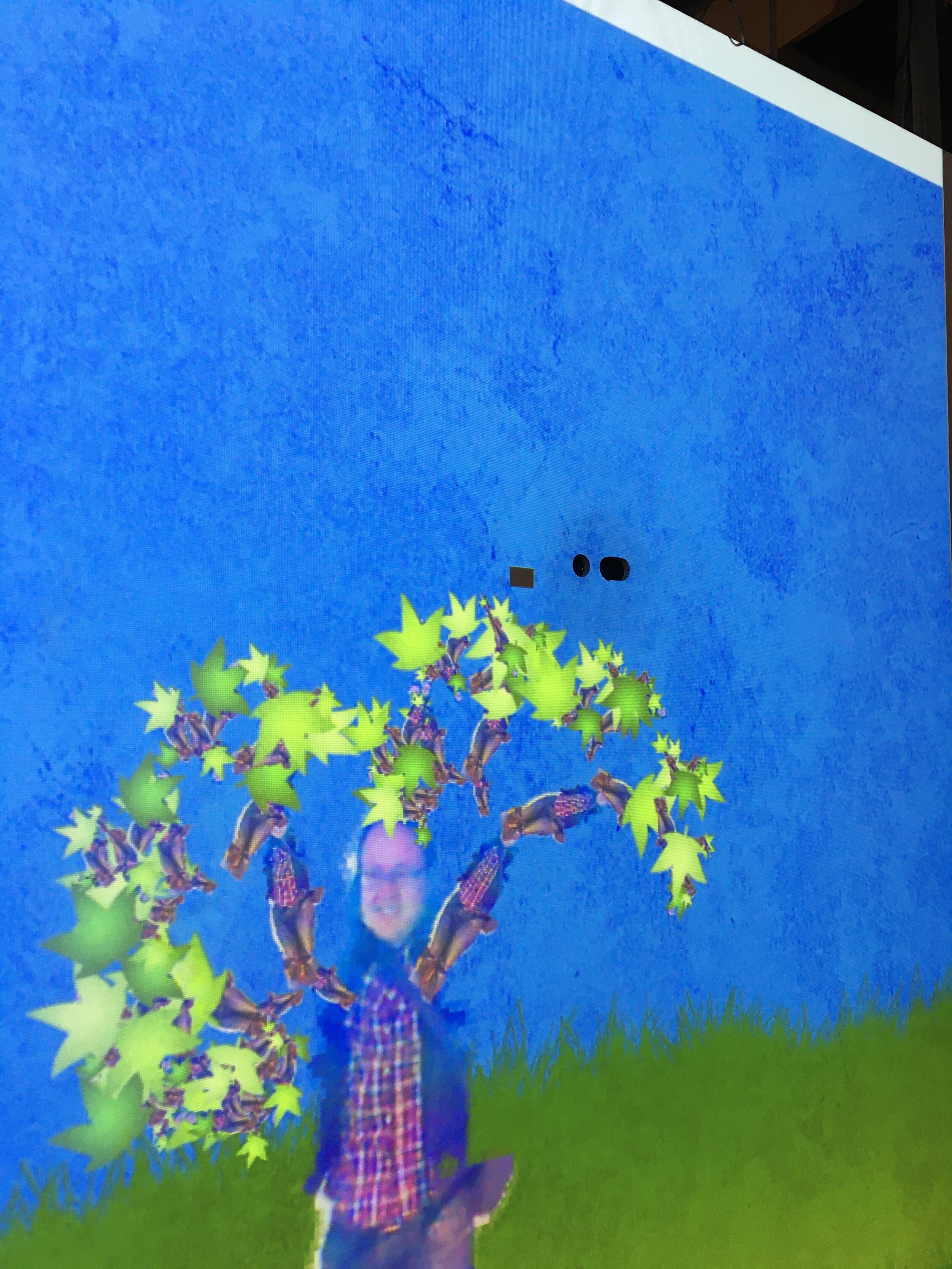Interoception’s influence on creativity, Pt II
A Google search for interoception and creativity comes up with shockingly little. Someone needs to write about this, because I think this is the next giant leap in knowledge about creativity. Oh, hey; I’m writing about it right now!
The brilliant Dr Lisa Feldman Barrett (How Emotions Are Made: The Secret Life of the Brain) just published a great primer on the difference between exteroception (seeing, feeling, sensing) and interoception (being able to sense the allostatic hum of your internal workings — heart beat, hormonal influences, etc), and their connection to social connections.
What’s interesting about the connection between interoception and creativity is that, unlike social connections, creativity is itself mostly internal. Last-week-me had no idea the can of worms it was opening for this-week-me, but I just happened to write about how lying down increased your internal vs external perceptions. And that’s even before I found this next study.
Awareness and Interoception
The study in question is Interoception and Social Connection (Frontiers, vol 10, 2019). It states: “Interoceptive sensibility is one’s subjective tendency to perceive, appraise, and use physiological signals.” In a questionnaire, participants were given a list of eight ways to do this:
Noticing
Not-distracting
Not-worrying
Attention regulation
Emotional awareness
Self-regulation
Body listening
Body trusting
Self-awareness and creativity
Duu-uuude.
In the second draft of my Third Layer book, I use 28 words or phrases that correspond to the qualities or states of mind I was trying to elicit in each chapter or with each exercise.
All 28 fit into these eight categories almost perfectly:
Noticing = Insights, Reminders, Checklists
Not-distracting = Discipline, Preparation, Not-happiness
Not-worrying = Perfect is the opposite of good, Playfulness, Ability to be wrong, Joy, Not-perfection, Hopefulness
Attention regulation = Preferences, Ratings, Essentials, Critical Thinking
Emotional awareness = Self-awareness, Sequential
Self-regulation = Discipline, Responsibility, Baby Steps, Break It Down
Body listening = Patterns, Self-acceptance, Themes, Boundaries
Body trusting = Truth, Confirmation
*Those are 26 words, because Creativity and Creative Thinking count for all eight.
How we ‘perceive, appraise and use’ interoceptive signals in creativity
Physiological interoception starts with noticing. And after working with hundreds of writers, creative folk, businesspeople, students, etc, I started realizing creativity starts with noticing and awareness, too. In fact, you might say that creativity is all about being able to ‘perceive, appraise and use’ signals to get insight, solve problems, think differently, or get a new perspective.
In other words: As interoception goes, so goes creativity.
You wanna be creative? Check in your senses. Notice. Focus on disciplining your brain instead of using it to worry. Regulate your attention, gain emotional awareness. Then, self-regulate, listen to and — this is key! — trust your body.
Your first baby step
So try it now. Pay attention to your heart beat. Without feeling your pulse, use interoception: how many beats per minute is it? It doesn’t matter if you’re correct or not. But that muscle you used to focus that hard on your own interoceptive awareness? That’s where your creativity lives.


